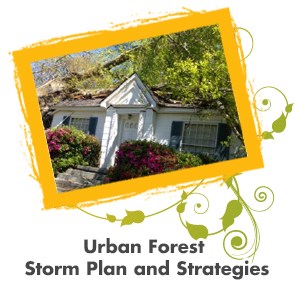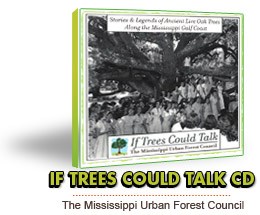The Edible Forests of Mississippi is an orchard program developed and administered though the Mississippi Urban Forest Council. You may visit our first model project at the Jesse Gates Edible Forest on Bailey Avenue in Jackson, MS. MUFC with it's sponsors and local partners have established 16 community orchards statewide. We hope this model project will inspire you to plant fruit trees in your community.
If you would like to plant an orchard in your community please contact us for more information. The Edible Forest Toolkit on this page offers resources and basic information for planting an orchard.

Sarah Campbell Blog
Julie:May 13, 2012 at 2:52 pm - What a beautiful memorial for Jesse. . . thanks for the photos.
Patty:May 13, 2012 at 3:06 pm - What an inviting garden–squash, tomatoes and figs to look forward to.
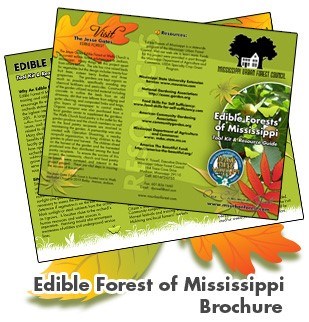
Download Edible Forest of MS Brochure
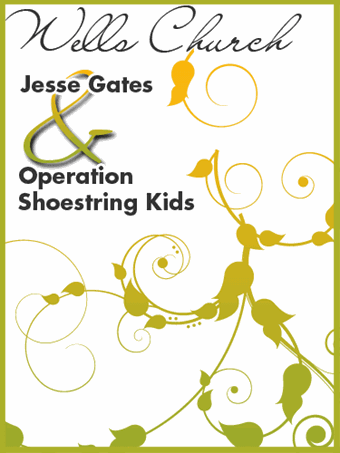
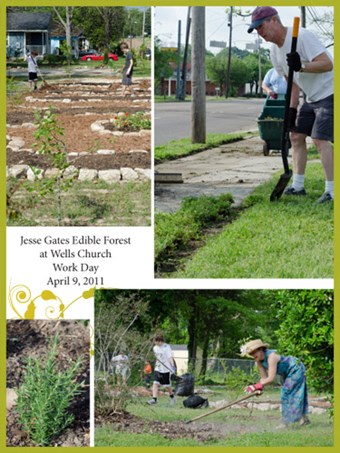
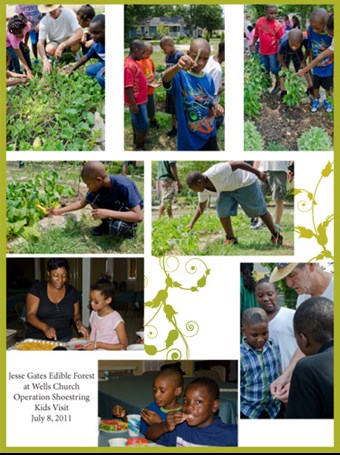
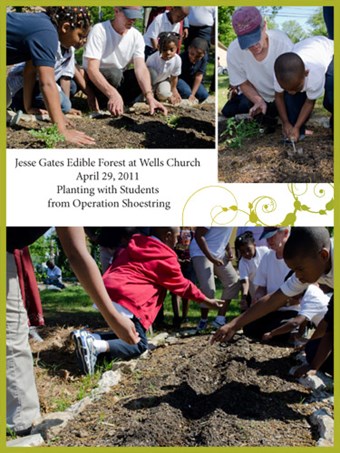
Edible Forests of Mississippi
Educational Toolkit:
Posted:
('Wednesday, August 24, 2011 1:07 PM EST', '', true);Aug 24, 2011 12:07 PM CDT:
wnRenderDate('Wednesday, August 24, 2011 8:09 PM EST', '', true);
Aug 24, 2011 7:09 PM CDT Wednesday, August 24, 2011 8:09 PM EST</em>
By Jewell Hillery
Sponsored Information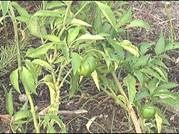
if (PLATFORM.EventMan) PLATFORM.EventMan.triggerEvent('WNStoryRelatedBoxdone'); JACKSON, MS (WLBT) -
Description: http://wlbt.images.worldnow.com/images/15324278_BG1.jpgBecause of the heat this summer, Loy Moncrief's been busy watering and weeding the community garden known as the "Edible Forest of Mississippi."
"We're getting ready to plant Fall things like lettuce and broccoli and collard greens and turnip greens," Moncrief said.
The Edible Forest is a collaboration between the Wells United Methodist church, the Mississippi Urban Forest Council and several other organizations. "We're doing surveys with this project and we hope that this project will inspire other groups as well as other individuals to grow," said Donna Yowell, the Executive Director of the Mississippi Urban Forest Council.
Most of the summer crops in the Edible Forest have been harvested, but you can still find green peppers, tomatoes, watermelon and cantaloupe.
Rolanda Alexander from "Operation Shoestring" says the garden is teaching local children how to grow and save money.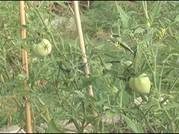
"If money is tight in a household you get out there and you plant some things, that way you know your family is going to eat," Alexander said.Description: http://wlbt.images.worldnow.com/images/15324278_BG2.jpg
Herbs like Basil and Rosemary could cost $5 to $6 for a bundle at the grocery store.
However, if you grow your own you could have these herbs for about 8 months out of the year.
The plants to actually grow Rosemary and Basil only cost about $1.
"It could contribute significantly to your family meal and dinner table and lower costs," Yowell said.
The Edible Forest is entirely organic.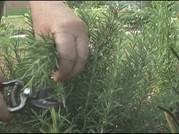
Moncrief says locally grown produce is healthiest because you can eat it soon after it's picked. Description: http://wlbt.images.worldnow.com/images/15324278_BG3.jpg
"If you can go out that day ad pick an apple off the tree it's much healthier than one that's been picked in Washington and transported to Mississippi," Moncrief says.
Everything is the Edible Forest is free to the public.
The garden is located near the intersection of Bailey Avenue and Idlewild Street in Jackson.
For more information on the garden, contact the Wells United Methodist Church at 601-353-0658.
Also, check out the Mississippi Urban Forest Council's website for upcoming information about starting your own garden. http://www.msurbanforest.com/

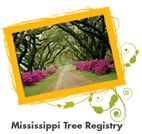 Mississippi’s Tree Registry - Download Form PDF (339 KB) click here.
Mississippi’s Tree Registry - Download Form PDF (339 KB) click here.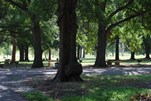 Encourages more visitors and helps increase tax revenue
Encourages more visitors and helps increase tax revenue


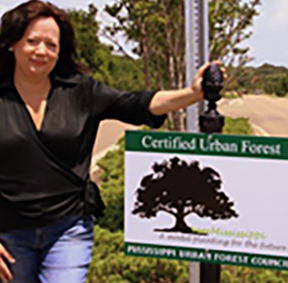


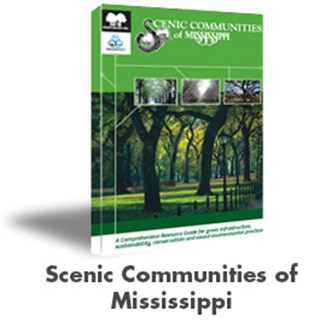

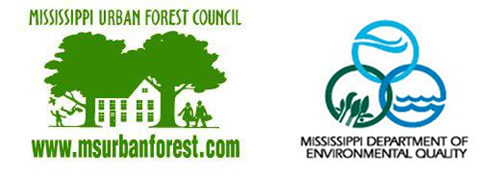

 A Green Plan for the Alcorn State University, MS
A Green Plan for the Alcorn State University, MS
 A Green Plan for the City of Pass Christian, MS
A Green Plan for the City of Pass Christian, MS A Green Plan for the Town of Terry, MS
A Green Plan for the Town of Terry, MS A Green Plan for the City of Waveland, MS
A Green Plan for the City of Waveland, MS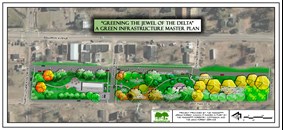
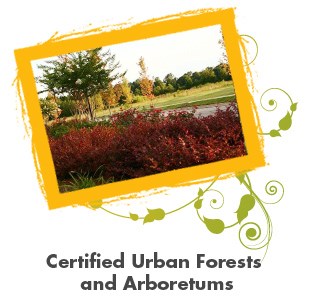 Certified Urban Forests & Arboretums
Certified Urban Forests & Arboretums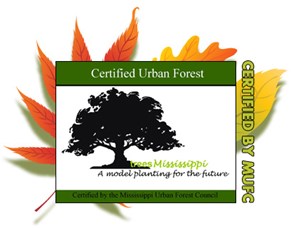 Forests.
Forests.








